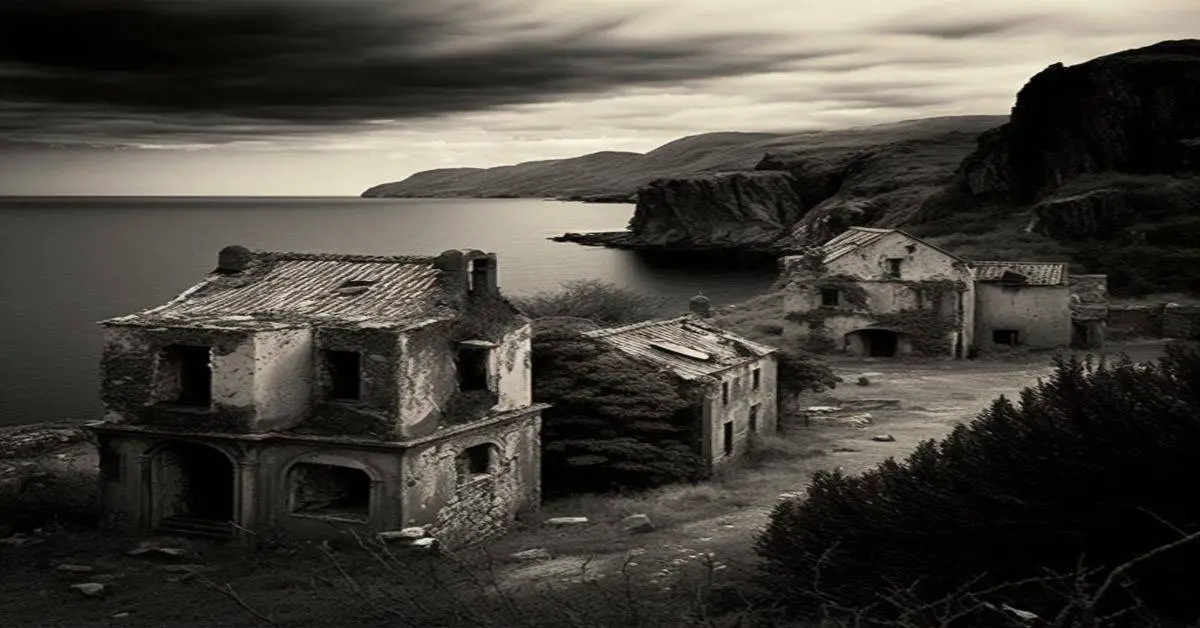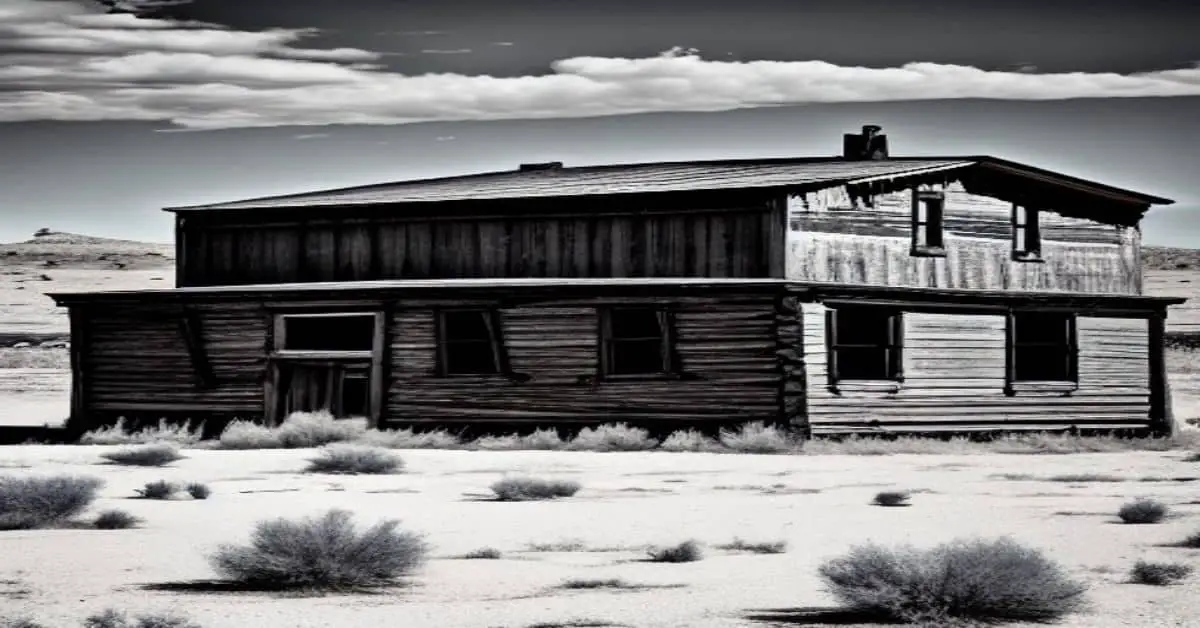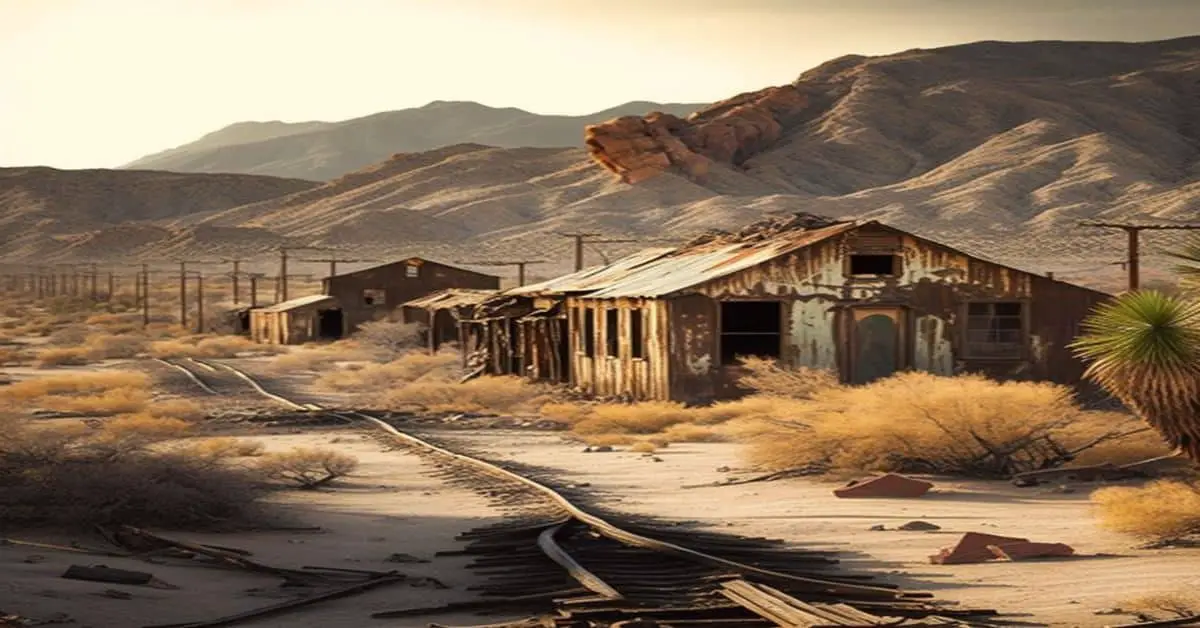The discovery of gold in the 1860s brought about a boom in Arizona’s mining industry, leading to the establishment of towns such as Maxton and Senator in Yavapai County. These towns flourished for a time, but as the mines eventually played out, they were abandoned and left to the elements.
Today, the remains of Maxton and Senator serve as a testament to Arizona’s rich mining history and offer visitors the opportunity to explore the ruins of these once-thriving communities.
In this article, we will delve into the history of Maxton and Senator, examining the factors that led to their rise and eventual decline. We will explore the various landmarks and remnants that can still be found in these ghost towns, including the Maxton mine and equipment, a mill, and the foundation of Max Alwen’s store.
We will also provide tips and suggestions for those who wish to visit and hike through these abandoned communities, offering a glimpse into the past and the mysteries that still linger in the present.
Key Takeaways
- Maxton and Senator were established towns in Yavapai County during the 1860s gold rush.
- The mining industry was the backbone of these towns, leading to the establishment of schools, post offices, and stores.
- Although the decline of the mining industry led to the towns falling into disuse, the remains of Maxton and Senator serve as a testament to Arizona’s mining history.
- Visitors can experience the thrill of discovering Arizona’s ghost towns with proper preparation and a spirit of adventure, and should respect historical landmarks and artifacts.
Location and History
Located in Yavapai County and accessible by 2WD roads, Maxton and Senator were once thriving gold mining towns in Arizona. The Senator gold mine was discovered in the 1860s, and Maxton was named after its owner Max Alwen.
The mining industry was the backbone of these towns, and they flourished with the influx of miners and their families. Community life was centered around the mining industry, with schools, post offices, and stores being established to cater to the needs of the growing population.
However, like many other ghost towns, Maxton and Senator eventually fell into disuse. The mines played out, and with the mining industry’s decline, the towns slowly dwindled.
Today, all that remains are the mine and equipment, a mill, and the foundation of Max Alwen’s store. Despite their decline, Maxton and Senator are still visited by tourists and history buffs, who come to explore the remnants of Arizona’s once-thriving mining industry.
Remains and Landmarks
The remnants of the Maxton and Senator gold mines, including their respective equipment, mill, and store owned by Max Alwen, are notable landmarks that can still be observed today.
The Maxton Mine, named after Max Alwen, can be accessed through a hiking trail that leads from the side of the canyon where the road is located to the side where Maxton lies. The mine’s ore tracks leading into the entrance can still be seen, along with the newer mill building at the Senator. Max Alwen’s store foundation is also visible on the road side, harking back to the time when the town was still in operation.
Aside from the physical structures, the historical significance of the Maxton and Senator gold mines cannot be overstated.
The Senator gold mine was discovered in the 1860s and eventually led to the establishment of a post office in 1915. The town even had its own school. However, like other ghost towns, the mines eventually played out and the towns were abandoned.
Despite this, the remnants of Maxton and Senator continue attracting visitors fascinated by the history and legacy of Arizona’s mining industry.
Visiting and Hiking Tips
For those interested in exploring the remnants of Arizona’s mining history, it is recommended to come prepared with proper hiking gear and plenty of water, as the hike from the road to Maxton can be challenging and no amenities are available. Visitors should expect to hike for about an hour, depending on their fitness level and pace. The trail is moderate to difficult, with steep inclines and rocky terrain. However, the stunning scenery and unique historical landmarks make the hike worthwhile.
As visitors hike towards Maxton and Senator, they will encounter several photography opportunities, including the Maxton Mine entrance and the newer mill building at Senator. The rugged landscape provides a dramatic backdrop for capturing the essence of Arizona’s mining history.
It is advisable to bring a camera and extra batteries, as no electrical outlets are available. Additionally, visitors should respect the historical landmarks and avoid disturbing any artifacts or structures.
With proper preparation and a spirit of adventure, visitors can experience the thrill of discovering Arizona’s ghost towns.
Frequently Asked Questions
What kind of minerals were mined in Maxton and Senator?
The information does not specify the mineral types extracted through mining techniques in Maxton and Senator. However, the economic impact and industry growth of the towns were based on the success of the gold mines which eventually played out leading to their abandonment.
Was there any notable conflict or violence in the history of Maxton and Senator?
There is no record of notable conflict or violence in the history of Maxton and Senator. However, the historical significance lies in their role as former gold mining towns that eventually became ghost towns due to the depletion of resources.
Are there any legends or ghost stories associated with the ghost towns?
Despite the rich history of Maxton and Senator, no legends or ghost stories are associated with the ghost towns. There have been no reports of ghostly sightings or paranormal activity in the area.
What was life like for the residents of Maxton and Senator during their heyday?
Daily routines in Maxton and Senator likely revolved around the mining industry. Residents may have worked long hours in the mines and regularly visited Max Alwen’s store. Social events may have been limited, with the school and post office serving as key community gathering places.
Have any movies or TV shows been filmed in Maxton or Senator?
Maxton and Senator have not been used as filming locations for any movies or TV shows. Despite their historical significance, there have been no reports of famous visitors to the ghost towns.


